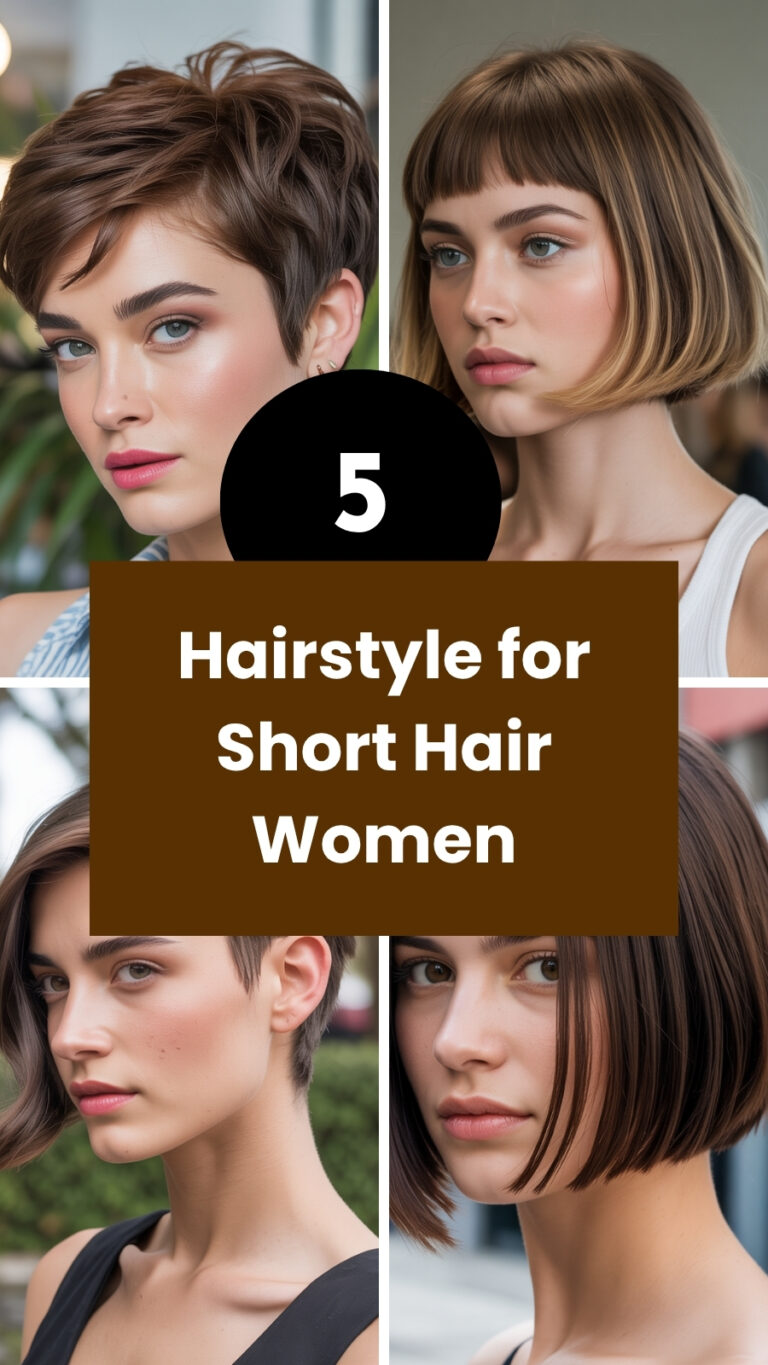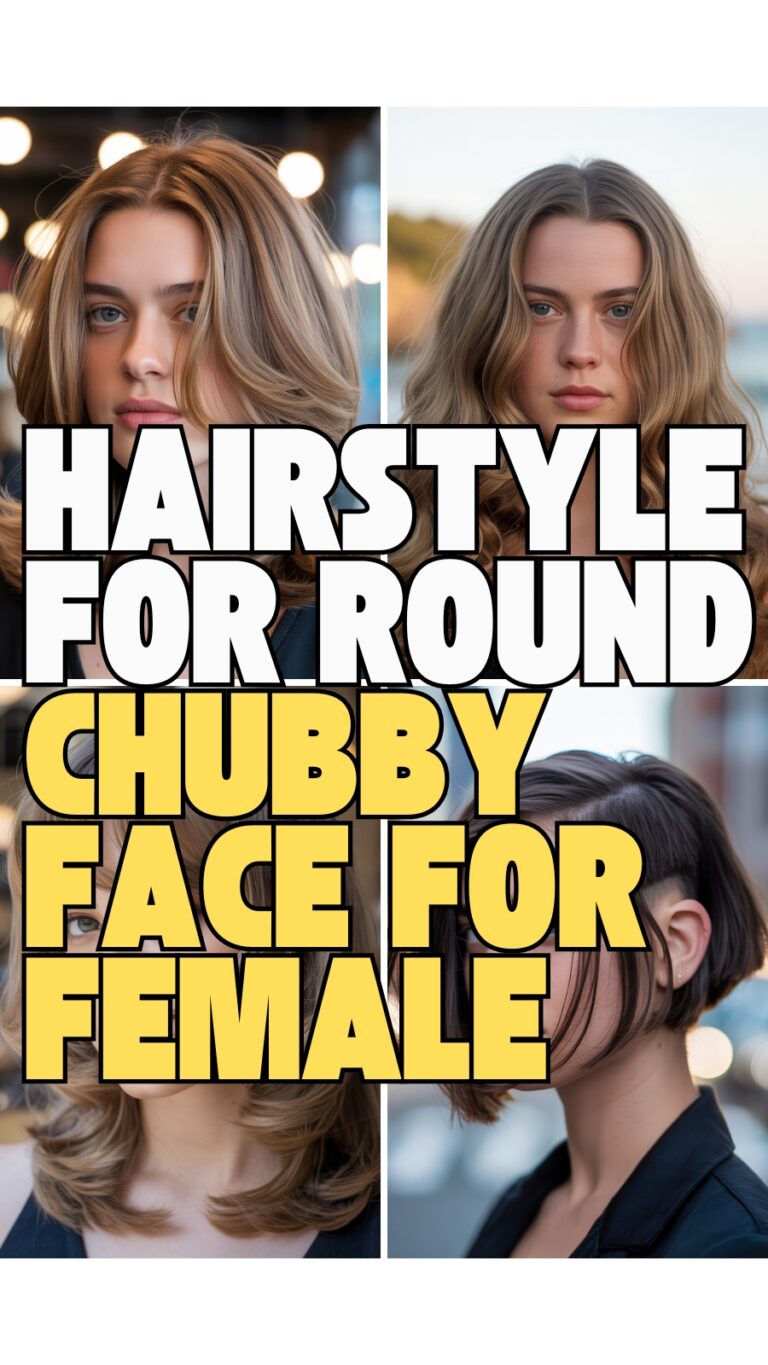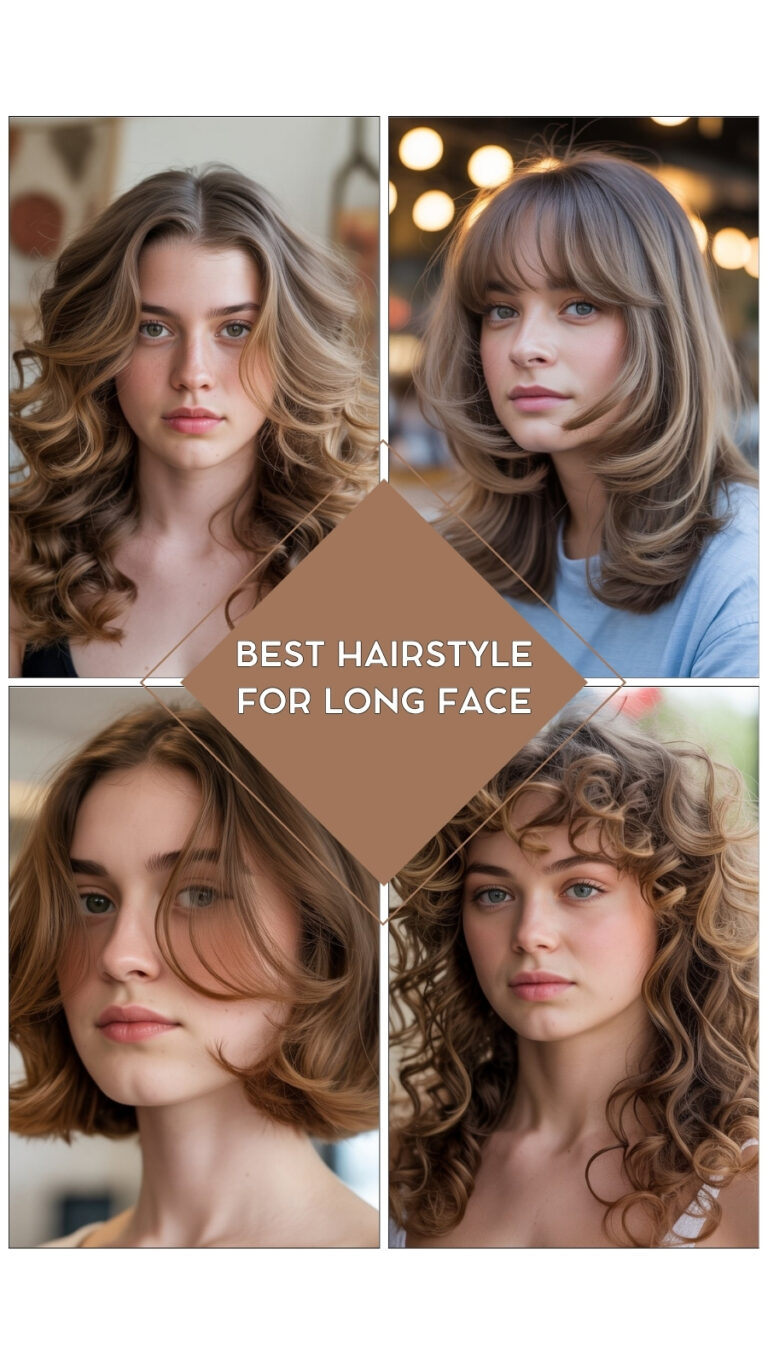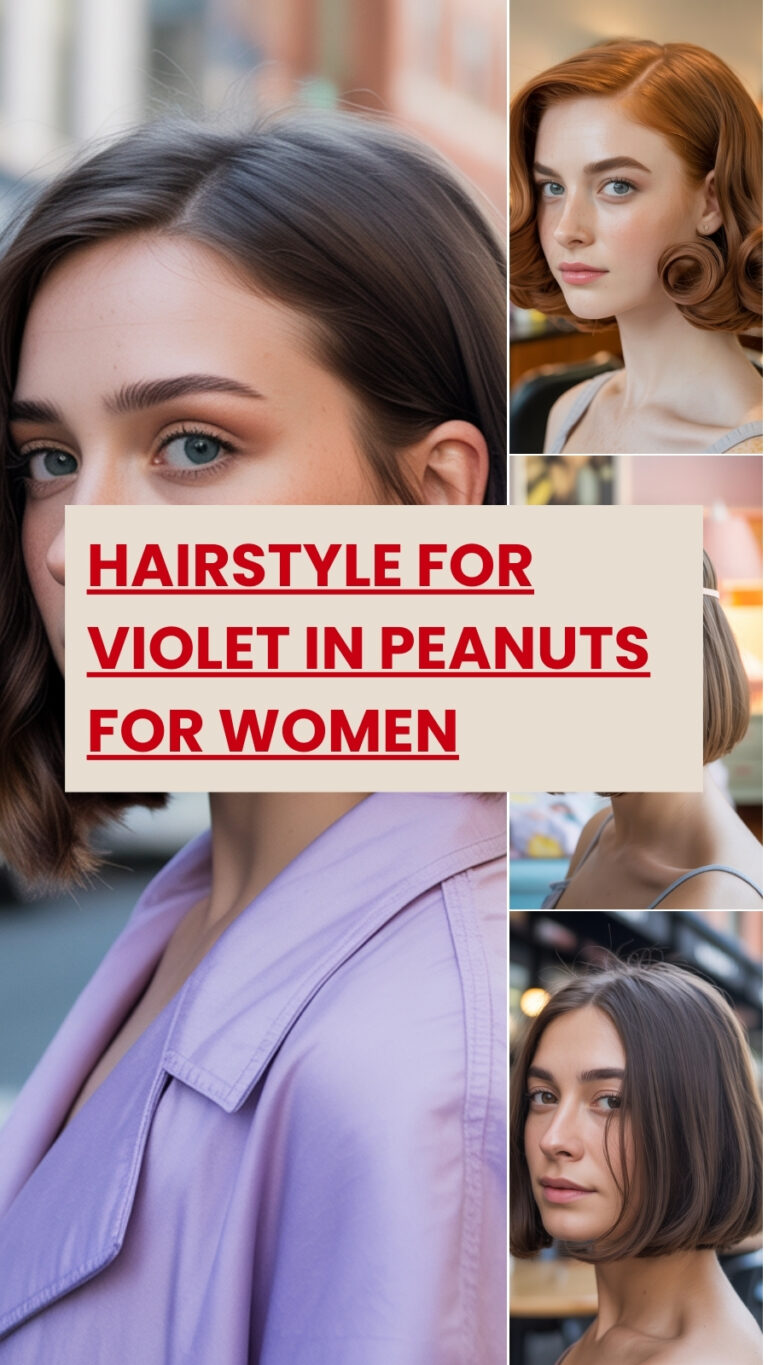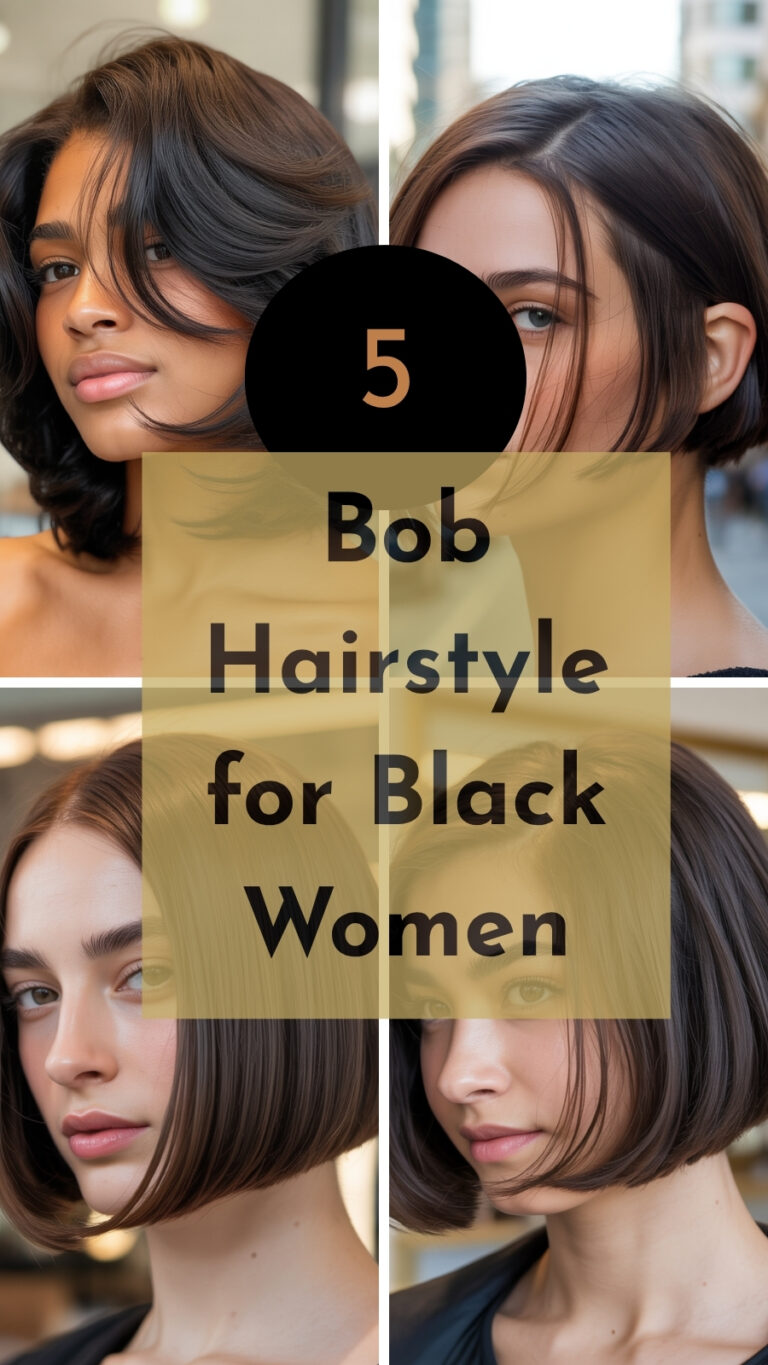Chignon Hairstyle for Women
The chignon is a timeless updo where the hair is styled into a low bun or knot at the nape of the neck. Known for its elegance, it has been a go-to hairstyle for centuries, perfect for formal events and special occasions.
Unlike casual buns, the chignon is polished and refined, often paired with accessories or sleek finishes. Its versatility allows it to appear both modern and vintage, making it one of the most enduring hairstyles in women’s fashion.
1. Classic Low Chignon
Why it’s different: Unlike messy buns, the classic chignon sits low and smooth, emphasizing neatness and sophistication.
How it’s created: Hair is brushed back, twisted, and pinned tightly at the nape of the neck, often secured with bobby pins or combs.
Where it comes from: Inspired by hairstyles in ancient Greece and refined in 19th-century Europe, the low chignon became a symbol of grace and femininity.
2. Side-Swept Chignon
Why it’s different: Unlike the centered version, this style shifts the bun slightly to one side, creating asymmetry and a softer, romantic look.
How it’s created: Hair is parted to the side, gathered low, and twisted into a bun just behind one ear, often styled with loose curls or strands framing the face.
Where it comes from: Popularized in the early 20th century, the side-swept chignon became a Hollywood red-carpet favorite for adding glamour with minimal effort.
3. Braided Chignon
Why it’s different: Unlike smooth chignons, this style incorporates braids for added texture and detail, making it more intricate.
How it’s created: Hair is first braided into sections and then twisted together into a bun, either fully braided or with braid accents around the knot.
Where it comes from: Braided buns have roots in Renaissance Europe, where intricate braids were woven into updos to display status and artistry.
4. Messy Chignon
Why it’s different: Unlike traditional polished chignons, the messy version embraces loose strands and soft waves for a relaxed yet chic appearance.
How it’s created: Hair is loosely gathered and twisted into a low bun with intentional flyaways or curls left out for a natural finish.
Where it comes from: This modern twist on the classic chignon gained popularity in the late 2000s as part of the “effortless chic” fashion movement.
5. Twisted Chignon
Why it’s different: Unlike simple buns, the twisted chignon adds visual interest with overlapping sections of hair, giving depth and texture.
How it’s created: Hair is divided into sections, twisted individually, and then wrapped together at the nape to form a sculpted bun.
Where it comes from: This style reflects Victorian-era updos, where women often used twists and rolls to create volume and intricate designs.
Conclusion
The chignon is more than just an updo—it’s a symbol of timeless elegance. From the classic low bun to modern variations like messy or braided chignons, each version carries its own charm and cultural history. Rooted in ancient traditions yet continually reinvented, the chignon remains one of the most versatile hairstyles for women, perfect for weddings, formal occasions, or simply elevating everyday style.
